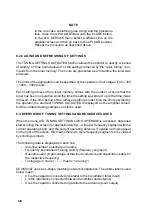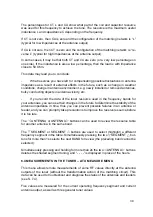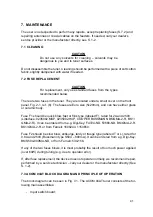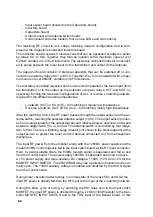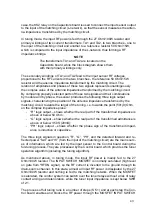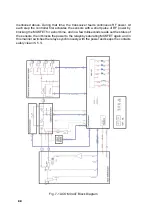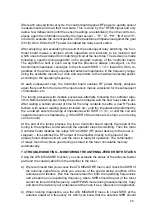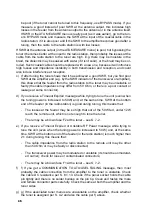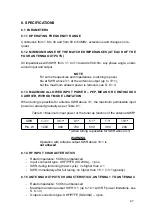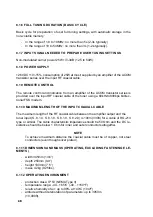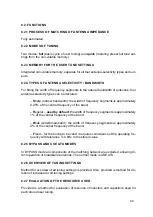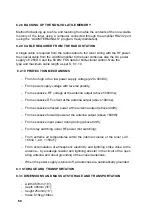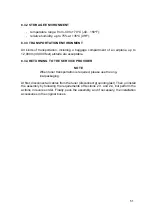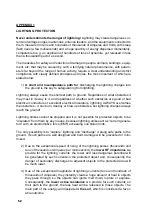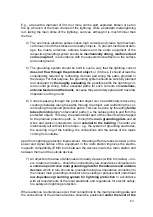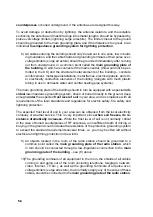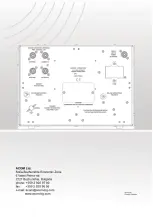
52
52
APPENDIX 1
LIGHTNING PROTECTION
Never underestimate the danger of lightning!
Lightning may create dangerous cur-
rent and voltage surges in antennas, antenna feeders, and the equipment connected to
them, measured in tens and hundreds of thousands of Amperes and Volts, with steep
(fast) rises (a few milliseconds) and a huge quantity of energy dispersed momentarily,
comparable to e.g. an explosion of hundreds of tons of dynamite, yet released in less
than a thousandth part of a second.
The measures for safety and reduction of damage to people, animals, buildings, equip
-
ment, etc. that may be caused by such a terrifying natural phenomenon, with param
-
eters far beyond the range of human activity, require a clear understanding and strict
compliance with clearly defined principles and rules, the most important or which are
stated below:
1)
A short and low-impedance path for
discharging the lightning charges into
the ground is the key to safeguarding from lightning.
Lightning always seeks the shortest path to ground. Regardless of what obstacles it
may meet in its way to it, and regardless of whether such obstacles are good or bad
electrical conductors or excellent electrical insulators, lightning ALWAYS overcomes
the obstacles – it can burn, destroy or blow up obstacles, but lightning charges always
reach the ground!
Lightning strikes cannot be stopped and it is not possible for protected objects to be
“insulated” from them by any means, because lightning strikes act as “current genera
-
tors” with an electromotive force (EMF) exceeding one billion Volts.
The only possibility is to “capture” lightning and “discharge” it along safe paths to the
ground. If such paths are well designed and built, damage will be prevented or mini
-
mized.
2)
Due to the exceptional speed of rising of the lightning pulses (
thousands and
tens of thousands of Amperes per microsecond
), the
lower HF impedance
we
provide for the lightning currents, the lower and less dangerous potential will
be generated by such currents in the protected object and, consequently, the
danger of secondary discharges to adjacent objects in the protected area will
be much lower.
3)
Due of the exceptional magnitude of lightning currents (
tens and hundreds of
thousands of Amperes
), they instantly create a huge amount of heat in objects
they pass through, so the objects can ignite, melt down, rupture or explode.
Consequently, the
lower active resistance
we provide for such currents on
their path to the ground, the less heat will be released in these objects. The
main part of the energy will dissipate
in the soil
, which is considered a favor-
able outcome.
Summary of Contents for ACOM 04AT
Page 1: ...1 ...
Page 57: ...2 2 ...

